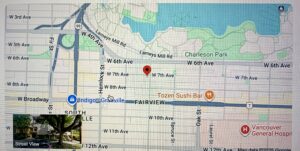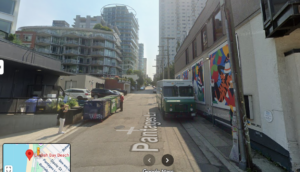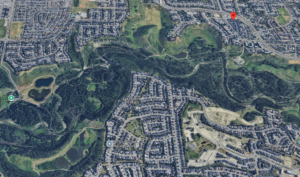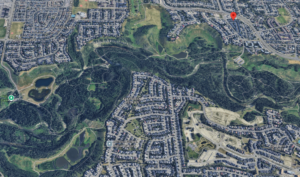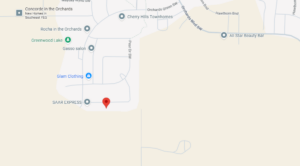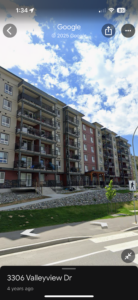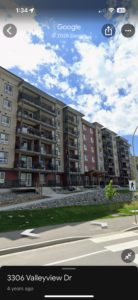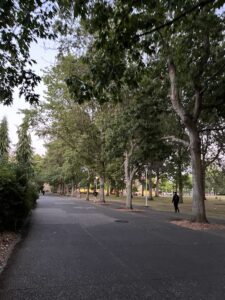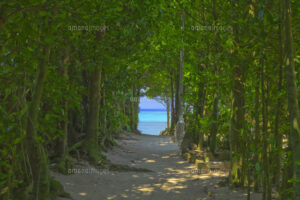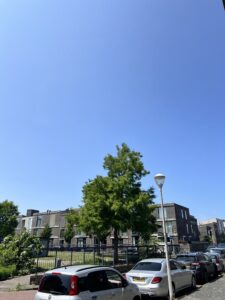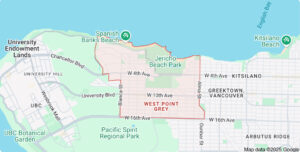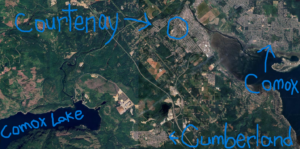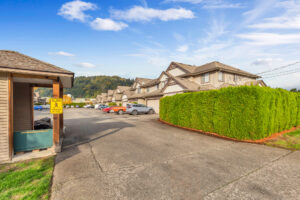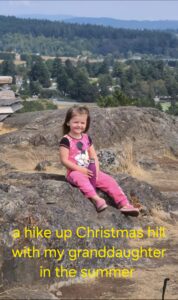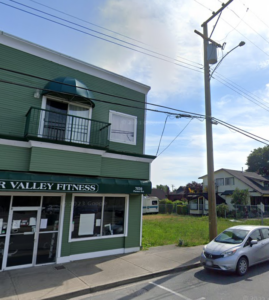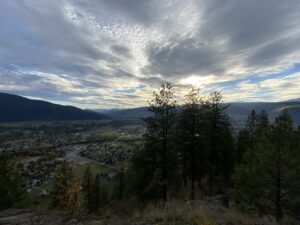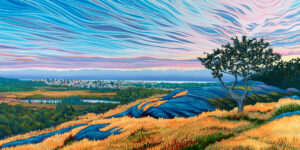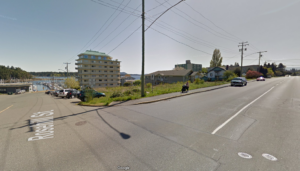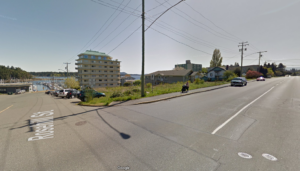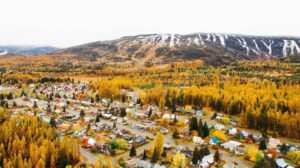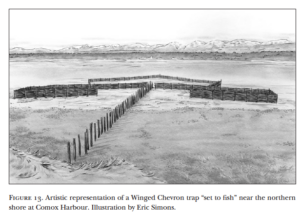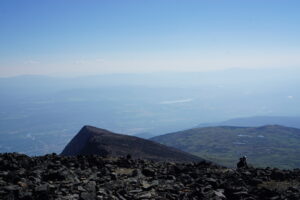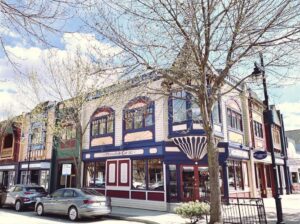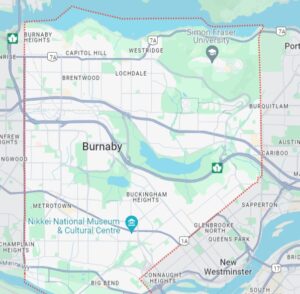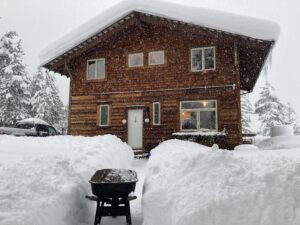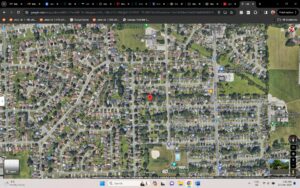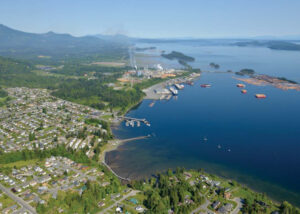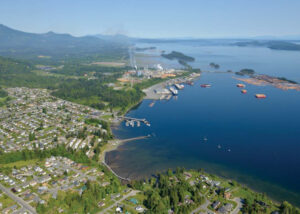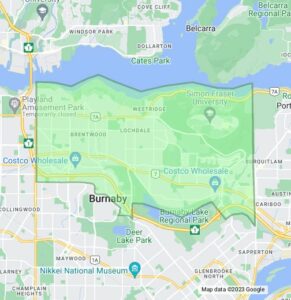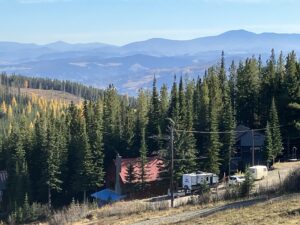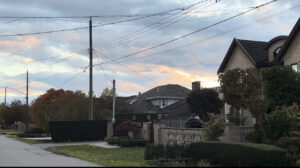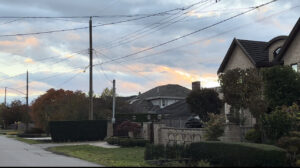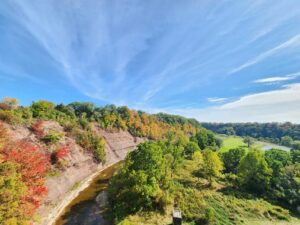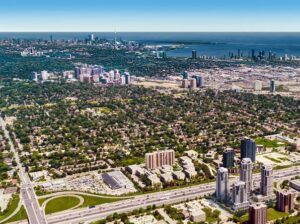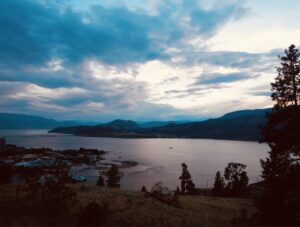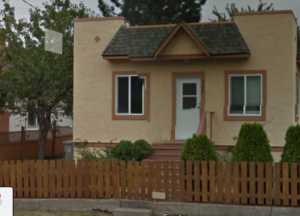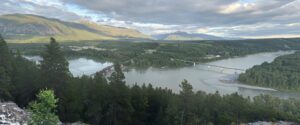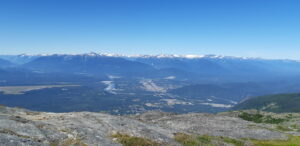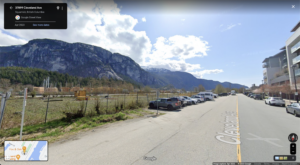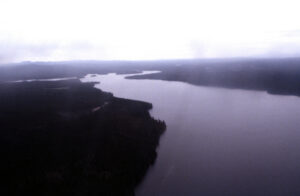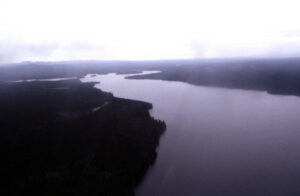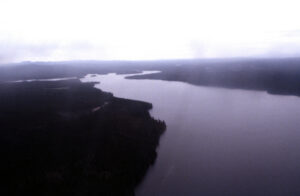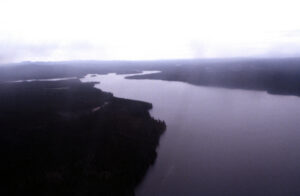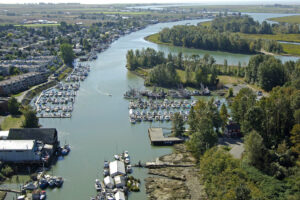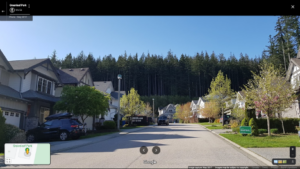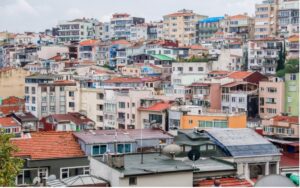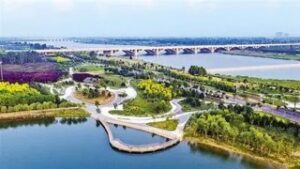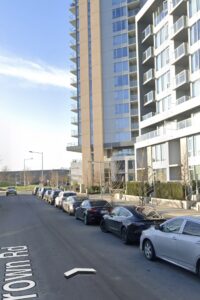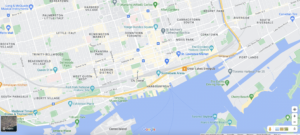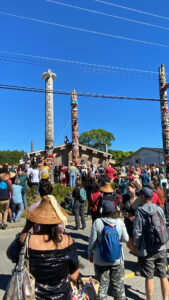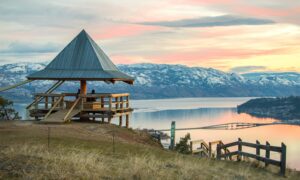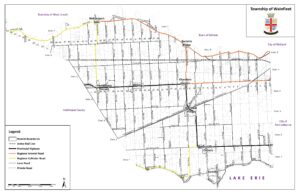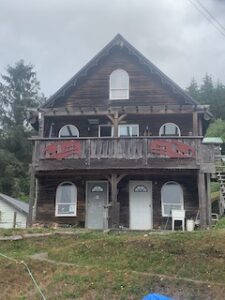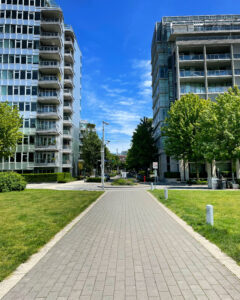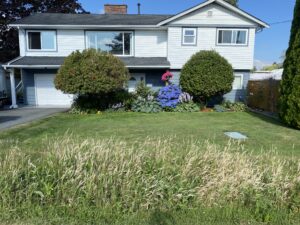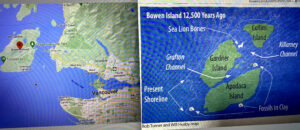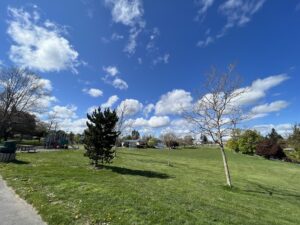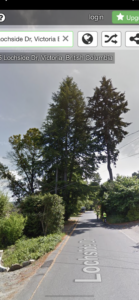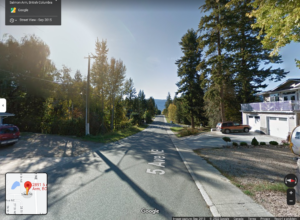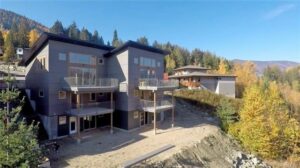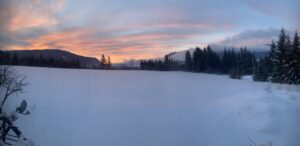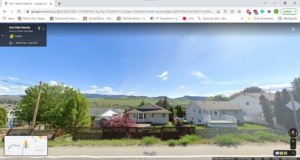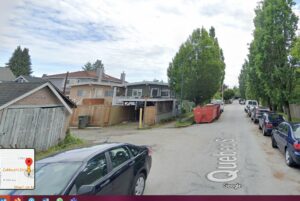Exercise #1: Local Environmental History
Instructions
For Exercise #1, you will bring environmental concepts home by looking at your neighbourhood’s environmental history.
- Using the submission form, post a photo of your area (Google Street View if you do not want to show your home) on this interactive map and explain the ecological history of this space, as per this example.
- Write a 700 to 1100 word of the ecological history of this physical environment, including where applicable: pre-contact use and settlement; wildlife past and present; early settlement and resource extraction; invasive species; urban development; stewardship actions (urban stormwater retention systems; community gardens; composting facilities).
- You must show where you found your information, either through footnote citations or with links embedded in the text, or a combination of both.
- The writing can be informal, as per the Exercise 1 Sample (you may even use first person, which definitely will not fly with your historiography and major essay projects!) but correct spelling and grammar are expected.
- In most cases, given the readily available information online, this exercise need not take more than 6–8 hours to complete. It is meant to help you think historically about your environment—to read it through an ecological lens. If you live in a rural area or small town, you may think that there is less to say than what you read in the sample based on a Vancouver neighbourhood, but this is not the case. The environmental history will be very different, and you might focus far more on, say, the settlement period of the late nineteenth century, or the implications of the introduction of cattle or irrigation and less on events of the 1960s and 70s.
- Please note, you should write and edit your submission in a separate file then copy and paste it into the submission box. Once submitted to the HIST 3991 trubox site, you will not be able to edit your post.
Are you a student of HIST 3991? Click here to add a submission to this assignment.
Submissions
Latest Posts
Nanaimo: The Harbor City (attempt 2)
December 4, 2024 By: Robert (Borealis) Dowe- Douglas
Mark Butorac HIST 3991: Environmental History Borealis (Robert) Douglas 12/4/2024 Nanaimo: The Harbor City As the title of this paper suggests Nanaimo is a city on the south east coast of Vancouver island which it boasts at the continuation of the Trans-Canada Highway 001 through its BC Ferries Port at Departure Bay perhaps 5 minutes north of my actual location as well as having two other ferry terminals and a large shipping port. Personally I live in north central Nanaimo on Stewart Avenue which is in reality just the Trans-Canada Highway under one of…
Nanaimo: The Harbor City
December 4, 2024 By: Robert (Borealis) Dowe- Douglas
The History of Nanaimo Of course starts with the creation of Vancouver island which can be thanked to geological forces originating from the plate tectonics that Vancouver Island happens to be next to and these faults are also an extension of the famous “Ring of Fire” that creates volcanic activity all around the Pacific Plate so Vancouver Island having an origin in Volcanic activity is a given.This island is primarily a temperate rainforest, with the typical trees like Douglas Fir, Red Cedar and Arbutus trees making up the majority of the native flora, Rainfall is significant but even more so…
Kimberley, BC
November 21, 2024 By: Bailey Repp
I live in k̓ukamaʔnam within Ktunaxa ʔamakʔis, also known by its colonial name of Kimberley, BC. My home is within the Townsite neighbourhood, and my block is made up of miner shacks, which were placed here in the 1920’s. According to my neighbour, these particular houses were moved here from the Wasa mine as staff housing for the Sullivan mine workers and their families. The Ktunaxa people have been on this land for over 10,000 years. Their language is a language isolate, unique from any other in the world, and deeply tied to this landscape. The Ktunaxa were seasonally nomadic…
Local Environmental History
November 19, 2024 By: Riley Greer
Riley Greer Hist 3991_SW3 November 19, 2024 Local Environmental History My home town is Fort St John. I lived on 114a avenue, at the north end of the city. The neighborhood was originally developed in the late 1960s and early 70s, during a time of massive expansion for the town, as the oil and gas industries grew in the area. Due to the time in which my neighborhood was constructed, it follows a very traditional suburban format. Streets are wide, with single family homes lining both sides. Kin Park is a large greenspace found less than two minutes…
Fernie, BC
October 18, 2024 By: Marsha Clarke
Fernie is in the Elk Valley in southeastern BC within the Front Ranges of the Rocky Mountains, specifically the Jurassic Fernie Formation. The weather in Fernie is influenced by Pacific low-pressure and Arctic high-pressure systems (Friebe, 2024). Prevailing winds from the south and unimpeded Pacific systems bring a lot of precipitation to the area. The biogeoclimatic zone is Interior Cedar Hemlock (MacKillop et al., 2018). The Ktunaxa People have lived in this region for over 10,000 years and seasonally migrated across the land, following vegetation and hunting cycles (Ktunaxa Nation, 2023). They relied on the land for food, medicine, clothing, and…
